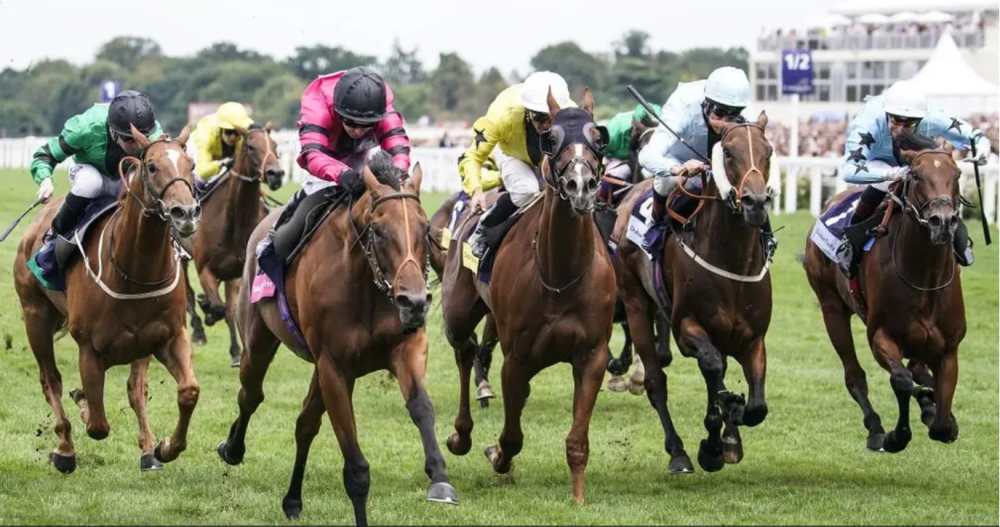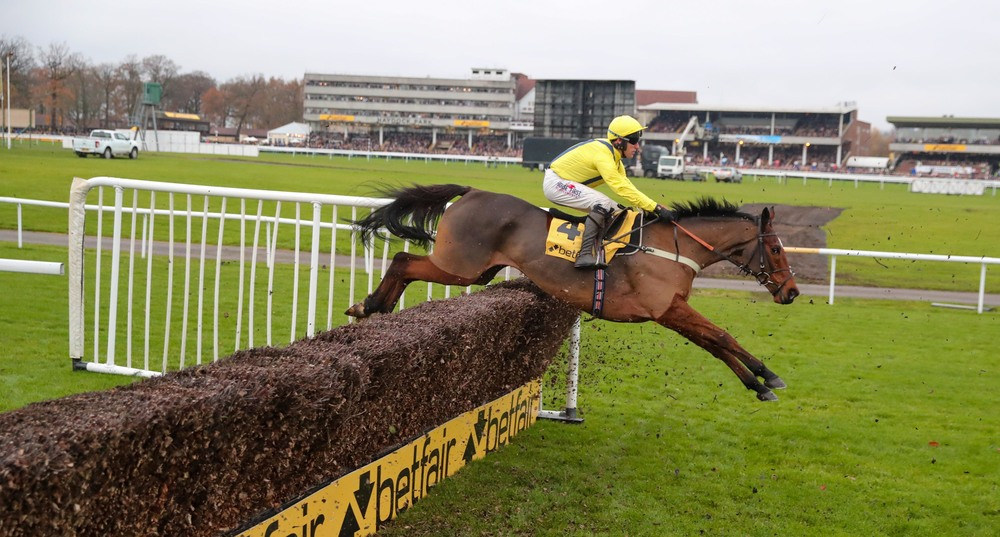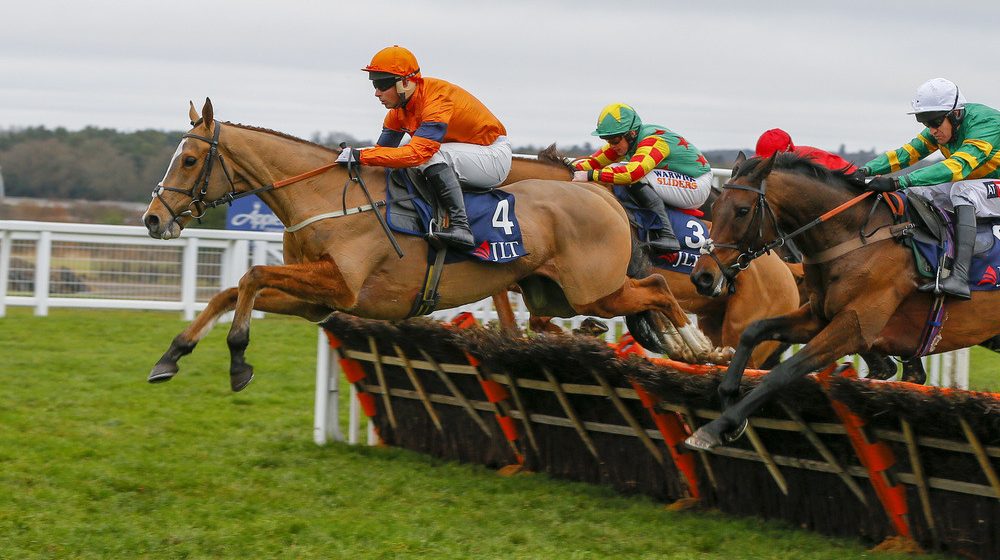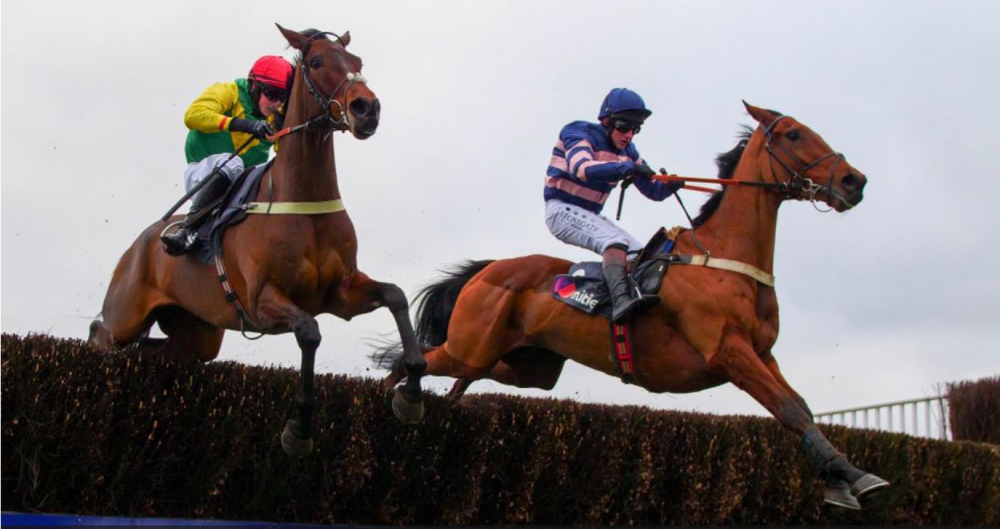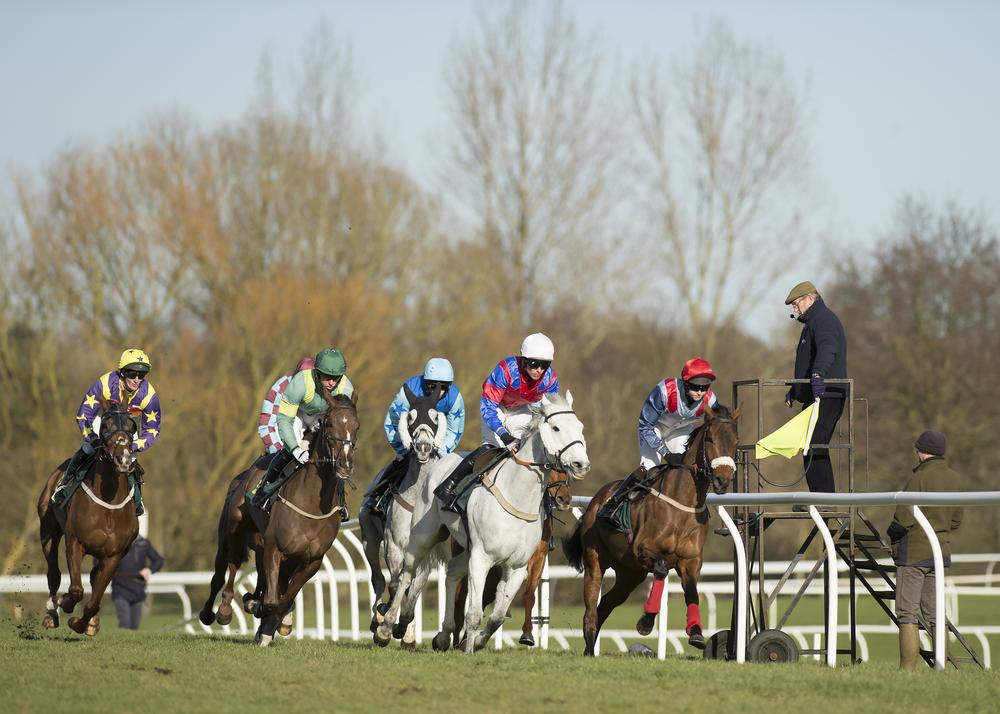
National Hunt Vs. Flat Racing – What’s the Difference?
To the uninterested outsider, there’s not too much difference between National Hunt (also known as ‘jumps’) and flat racing. Both, after all, include horses, jockeys and excited punters trying to win big. However, if you look a little closer, there’s plenty that sets the two apart and different aspects that massively affect the way that you’re betting.
Seasons
While there are exceptions that prove the rule, National Hunt season takes place during the wetter winter months, as the soft ground is kinder to jumping horses, while flat racing takes precedence over the summer.
When does National Hunt season start and finish?
The National Hunt season starts at the beginning of October and one of the biggest early races is the Old Roan Chase on Aintree’s Mildmay Course. However, it’s only when the flat season finishes for good that National Hunt begins in earnest and the Grade 3 BetVictor Gold Cup in November is seen to be the traditional moment when National Hunt really starts going. The National Hunt season usually finishes at Sandown in April of the following year, where the course’s Gold Cup is the highlight.
When does the flat season start and finish?
The flat season traditionally starts in late March or early April, when the Lincoln Handicap officially kicks off the first Saturday race day of the season. It then runs through the summer and officially ends with the Doncaster November Handicap in early November. That said, British Champions Day at Ascot is seen as the major culmination of flat season, concluding the five major divisions in the series.
Distances
Flat racing and National Hunt test different parts of a horse’s racing calibre. Flat is typically faster and shorter, rewarding sprinters, while National Hunt’s many jumping tests and longer distances make it suited to horses that excel at endurance. The shortest flat race is more than a mile shorter than the quickest jumps race. So, think of flat racing’s greatest son Frankel as Usain Bolt, and National Hunt icon Red Rum as Mo Farah.
Courses
Different courses specialise in different types of racing:
Famous Flat Courses
While some courses provide both flat and jumps courses, most specialise in one form. Some of the most famous flat horse racing courses include:
• Newmarket
• Ascot
• Goodwood
• York
• Epsom
• Doncaster
Famous National Hunt Courses
Some of the most famous National Hunt horse racing courses include:
• Haydock
• Cheltenham
• Sandown
• Aintree
• Newbury
Horses
Of course, the actual runners have different characteristics in National Hunt and flat races. Flat-track specialists come with larger forequarters which make them quicker over shorter distances, but are significantly less robust and most will peak between the ages of three and five. The most successful ones are then sent to the breeding ground to create the next generation’s equine superstar – and all for a top, top price. For example, Frankel commanded a fee of £125,000 ‘per time’ when he retired from flat racing to become a stallion.
National Hunt horses are more robust, racing for longer, and usually reach the height of their powers between seven and ten. For many, that lower turnover is the great selling point of jumps racing. Horses run for longer and punters are able to build a ‘bond’ with specific runners, developing a greater understanding of their strengths and weaknesses.
The longevity of National Hunt also allows for competitions to build and narratives to develop. As an example, the rivalry between stablemates Kauto Star and Denman a few years ago at Cheltenham was a simmering story that you simply don’t get on the flat courses.
Money
Flat racing is a significantly richer sport than its jump-orientated counterpart, with purses being larger for worldwide flat races than they are for jumps.
What’s more, because many flat racing horses are only raced for a few years before being used to breed the next generation of equine superstar, they’re seen much more like commodities. Basic supply and demand means that flat horses are much more expensive than their jumps counterparts.
Culture
The varying amounts of money in the two different race types also play a significant role in their individual cultures. Flats racing is significantly more glamorous than its endurance-based cousin.
The weather and seasonality also play a key role. For many, National Hunt racing is synonymous with cold temperatures in the wet winter months, while flat racing incorporates the ‘best’ that the Great British weather has to offer, making it a little more of an ‘event’. After all, there’s a reason that Ladies Day at Ascot gets so much more media attention than its Cheltenham equivalent.
However, while flat racing has the money, the glamour and the allure, there are many racing aficionados who will prefer the grit, heroism and romance of the jumps races.
Betting on Flat or National Hunt Racing
Jumps racing is generally easier for punters to get into because there is more information out there. It’s easier to weigh up the pros and cons and make an informed decision, while flat racing requires a little more faith and deduction.
Why is this?
Firstly, because National Hunt horses compete for a number of years, there’s so much more race information about them out there to compare and contrast. What’s more, there are more variables for punters in National Hunt. The jumps themselves are a further obstacle for punters, as some horses will be better at jumping than others. Red Rum was such an impressive horse because he combined an impressive jumping ability with speed, concentration and endurance.
Latterly, you’ll find that trainers of jump horses are much more inclined to talk truthfully about their runners. That’s because if a trainer discusses his star colt’s slightly irregular running style in the final straight, that could affect its reputation as breeding stock in a couple of years’ time. It makes sense for trainers to say less, but that means that flat punters are often left a little in the dark.
Please Gamble Responsibly.



